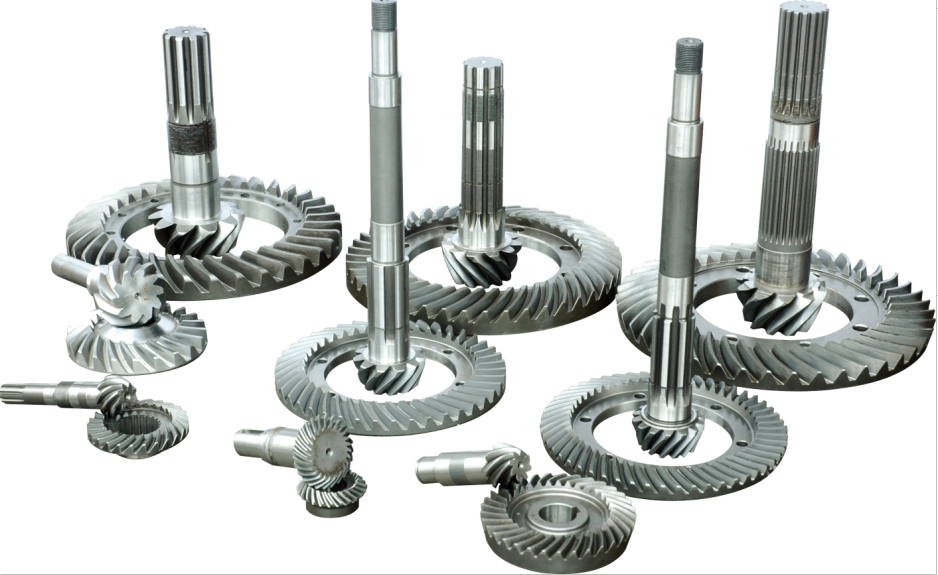The manufacturing process of worm gears involves several steps, starting from raw material selection to the production of the finished product. Here is an overview of the typical manufacturing process for worm gears:

- Raw Material Selection: The process begins with the selection of suitable raw materials for the worm gear. Common materials used for worm gears include alloy steels, stainless steels, and bronze alloys. The choice of material depends on factors such as load capacity, durability, and application requirements.
- Blank Preparation: The selected raw material is prepared into a suitable blank for the gear. This can involve processes like cutting or sawing to obtain the desired size and shape. The blank is usually in the form of a cylindrical rod or a disc.
- Machining of Worm Threads: The next step is to machine the worm threads on the blank. This is typically done using specialized machinery such as gear hobbing or gear shaping machines. The machine cuts the helical threads of the worm gear onto the blank, creating the desired shape and pitch.
- Heat Treatment: After machining, the worm gear undergoes heat treatment processes such as carburizing, quenching, and tempering. Heat treatment helps enhance the gear’s hardness, strength, and wear resistance, ensuring its durability and performance.
- Finishing Operations: Once heat treatment is complete, the worm gear goes through finishing operations. This may include processes such as grinding, honing, or lapping to achieve the desired surface finish and dimensional accuracy. These finishing operations help improve the gear’s smoothness, reduce friction, and ensure proper meshing with other gear components.
- Inspection and Quality Control: Throughout the manufacturing process, various inspections and quality control measures are conducted to ensure the gear meets the required specifications. This includes dimensional checks, hardness testing, surface finish evaluation, and other quality assessments.
- Surface Coating or Plating (Optional): In some cases, worm gears may undergo surface coating or plating processes to enhance their corrosion resistance, lubrication properties, or appearance. Common coatings used include zinc plating, nickel plating, or various types of protective coatings.
- Assembly and Integration: Once the worm gears are manufactured and inspected, they are ready for assembly and integration into the final product. This involves mating the worm gear with other components such as worm wheels, shafts, bearings, and housings to create a complete gear system.
It’s important to note that the specific manufacturing processes can vary depending on the size, complexity, and application requirements of the worm gears. Advanced manufacturing techniques such as CNC machining and automation may also be employed to improve efficiency and precision. Additionally, stringent quality control measures are followed throughout the manufacturing process to ensure the reliability and performance of the worm gears.
